How to use Mind Mapping to Your Advantage
A few weeks ago, my husband and I purchased a stock tank to turn it into a pool. The idea of turning a stock tank into a pool is much easier than actually turning it into one.
Steps to make a stock tank pool:
- purchase stock tank
- find or create a level surface
- place the pool and make sure that you’re close enough to an electrical outlet to plug in the pump
- fill the pool with water
- determine what pool filter pump to purchase
- purchase a pool filter pump
- purchase chlorine
- purchase filters
- Get the pump and attempt to install it* this is where things started to fall apart
I’m not going to teach you how to build a stock tank pool; the purpose of this story is to discuss learning how to ask the right questions and search for information.
After three hours, I still couldn’t get the pump to work and finally determined that it was broken and was ready to return it, leaving me without a pump. Due to my lack of knowledge about pools or pumps, purchasing another felt overwhelming.
Until I realized that you could search critical terms in the product Q&A section on Amazon; finally, after a few keywords, I had my answer and 10 minutes later had the pool filter up and running.
Why had my previous 3 hours of searching not worked?
Because I was using google, which will serve you the results that it thinks you want based on past searches and on what others have wanted when using similar search terms. Leaving me stuck in an endless loop of information that wasn’t helpful.
I needed to find a way to refine my search, which meant changing where I was searching and the terms. I went directly to the filter pump, and in the Q&A, I found responses about how people used the pump with kid’s pools, which are similar to a stock tank, and my problem was solved.
A crucial part of solving problems and generating creative ideas is research, which I like to call searching. (another part is collecting, but we’ll talk about that later)
Many students struggle with searching because they’re looking for information about someone else who did the same thing they did so that they can copy. OR they think that research/searching means they have to spend countless hours looking through books that they don’t find interesting.
Searching is neither.
My first search attempt failed because I was looking for someone who did the same thing that I wanted to do so that I could copy. That wasn’t working because we weren’t building our stock tank pool the same way everyone else does. (Unfortunately, it took me three hours to remember my own rule) Searching means looking for related things and combining multi pieces of information to form a solution.
Searching for understanding instead of copying:
You are searching for information that will help you understand instead of copying means you need to think about related things.
In the above example, something that related was a kids pool. When searching for information for weaving projects, I often turn to abstract paintings.
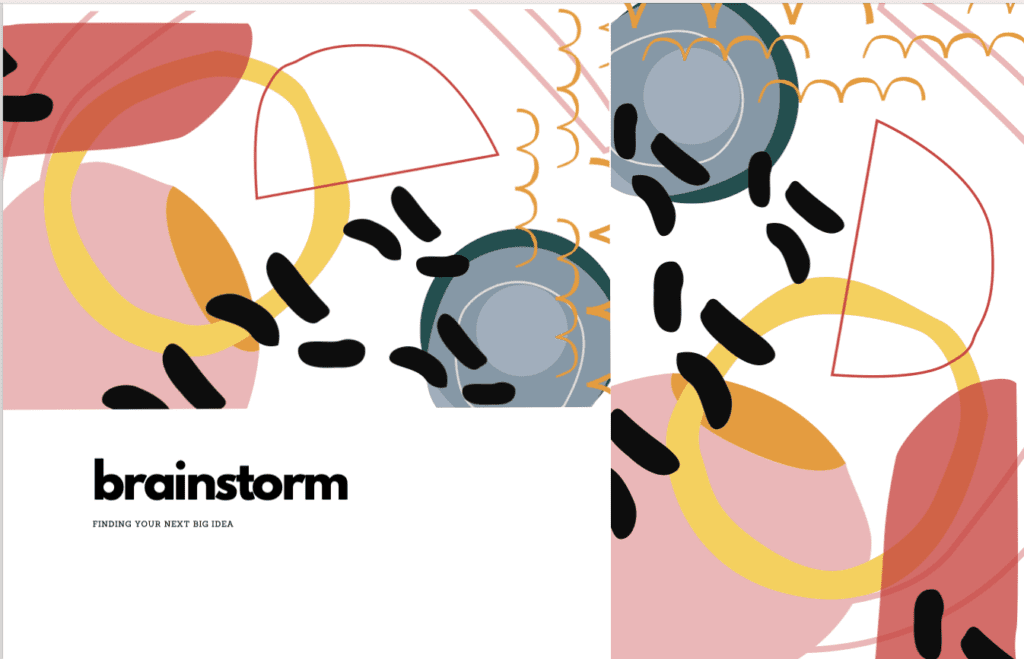
Brainstorm and map things to search
Use a mind map to give you more ideas about what you can search. Start by putting your main idea in the center and adding other related terms.
For the above example, a stock tank would go in the center, and I could add terms like a kids pool, plunge pool, above-ground pool, claw foot tub, hot tub, and outdoor shower.
If I was still feeling stuck, I could continue to have the mindmap flow off of each other terms I listed above. Now, I have a lot of different things to search for and understand.
You can apply this method to anything you’re trying to understand better. Let’s explore how it applies to two different classes.
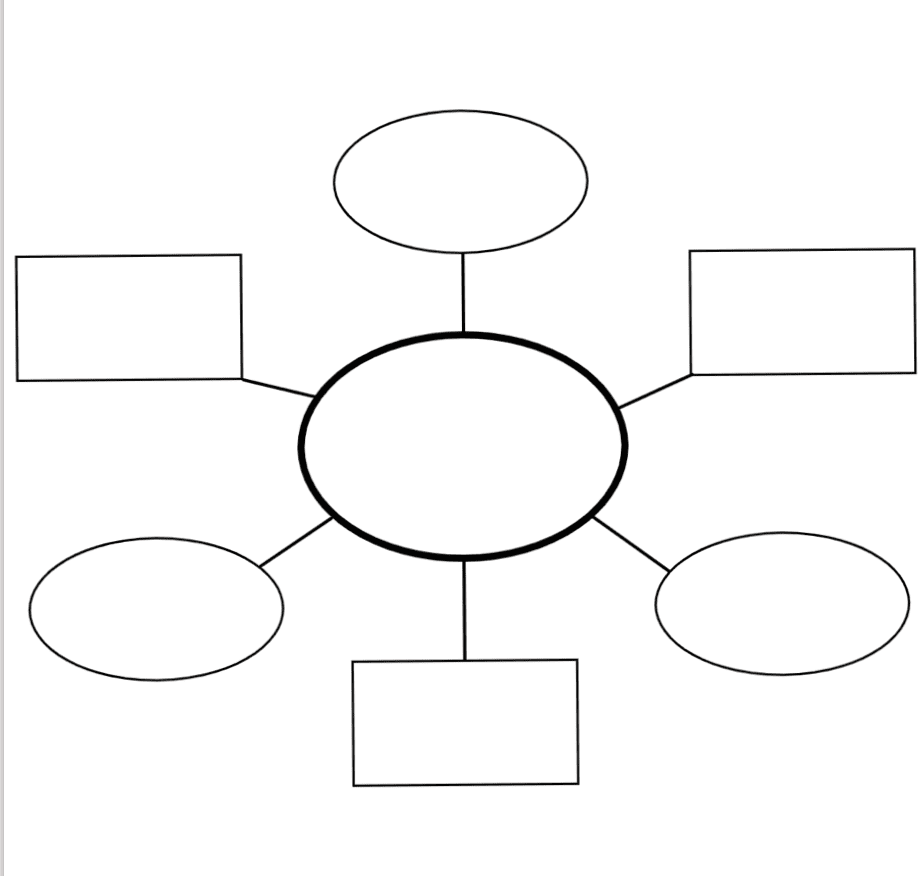
AP Studio Art
In AP studio art, you form an inquiry that informs your sustained investigation and drives the work you do throughout the year. A simple way to explain sustained investigation is to connect your questions, research, and ideas. You can use a mind map to generate ideas for your study and as a tool to explore and demonstrate how your ideas are connected as you progress.
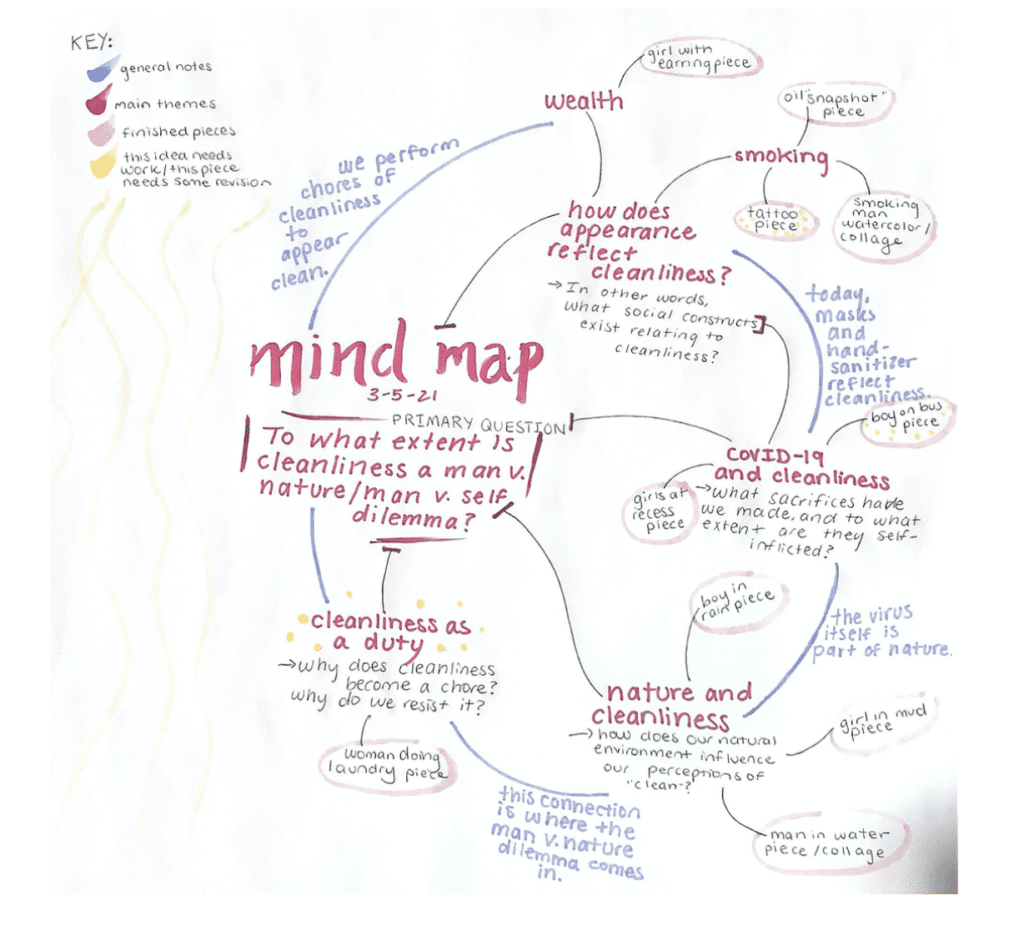
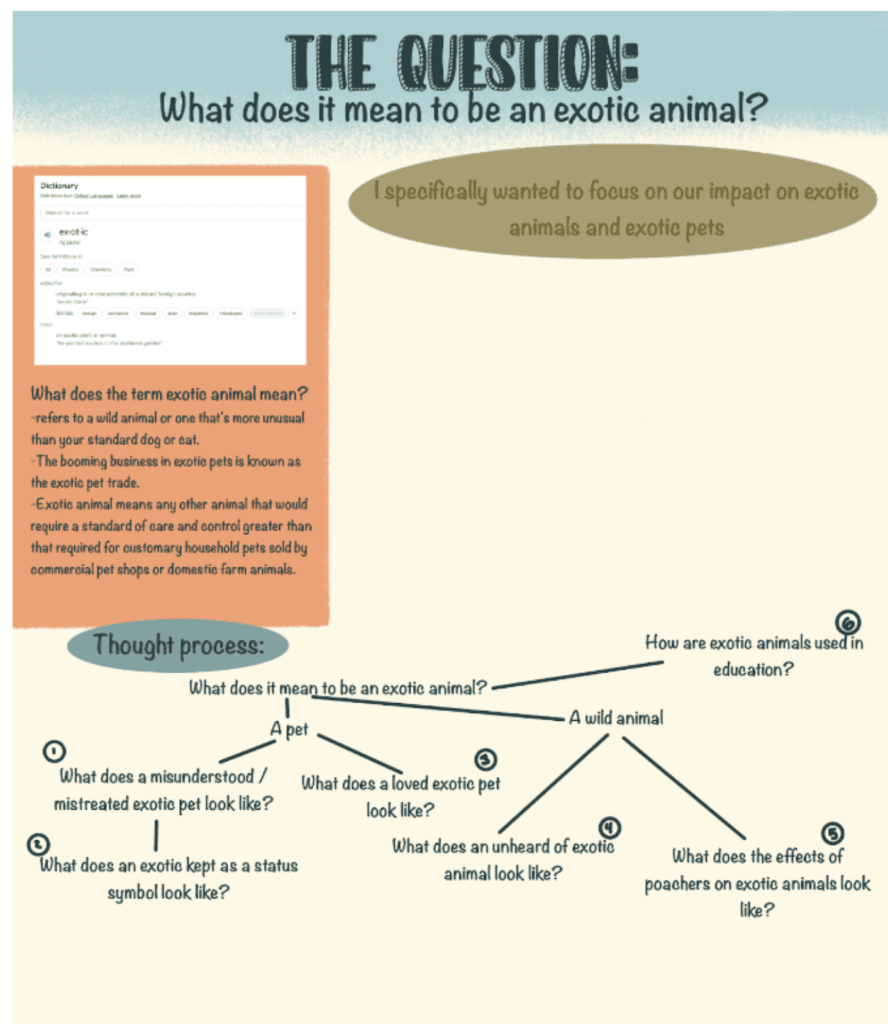
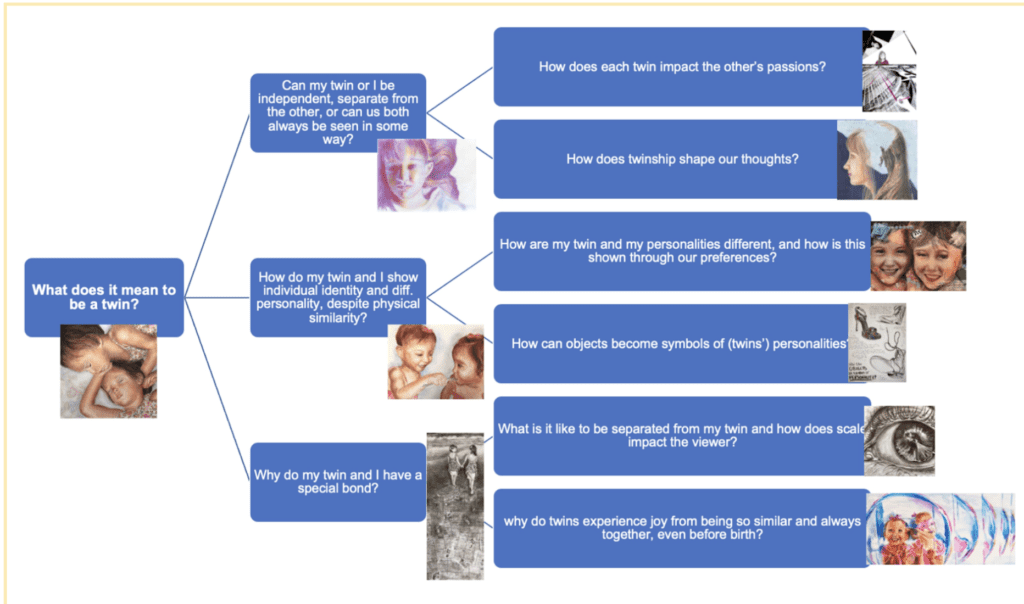
AP Art History
Use a mind map in AP art history to help you to understand how artists, art movements, and cultures informed and inspired each other throughout history. Start with artists, movements, or culture you’re interested in, and place that in the center. Next, search and uncover what artists inspired the artists you put in the center, add their names, and continue to build.
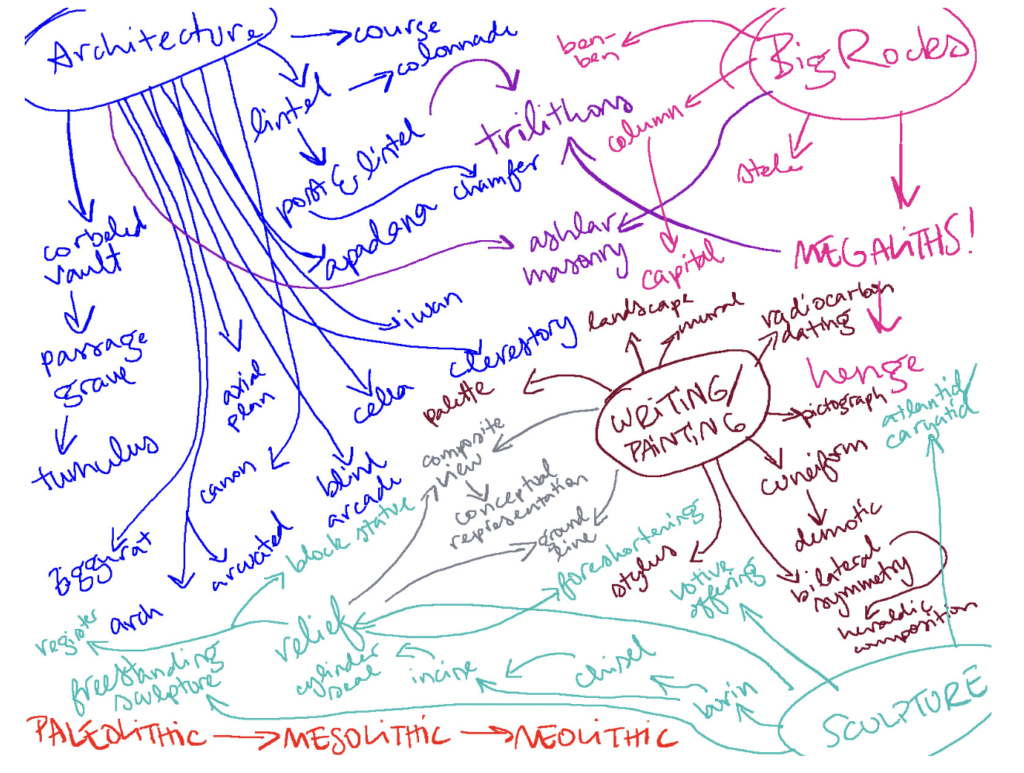
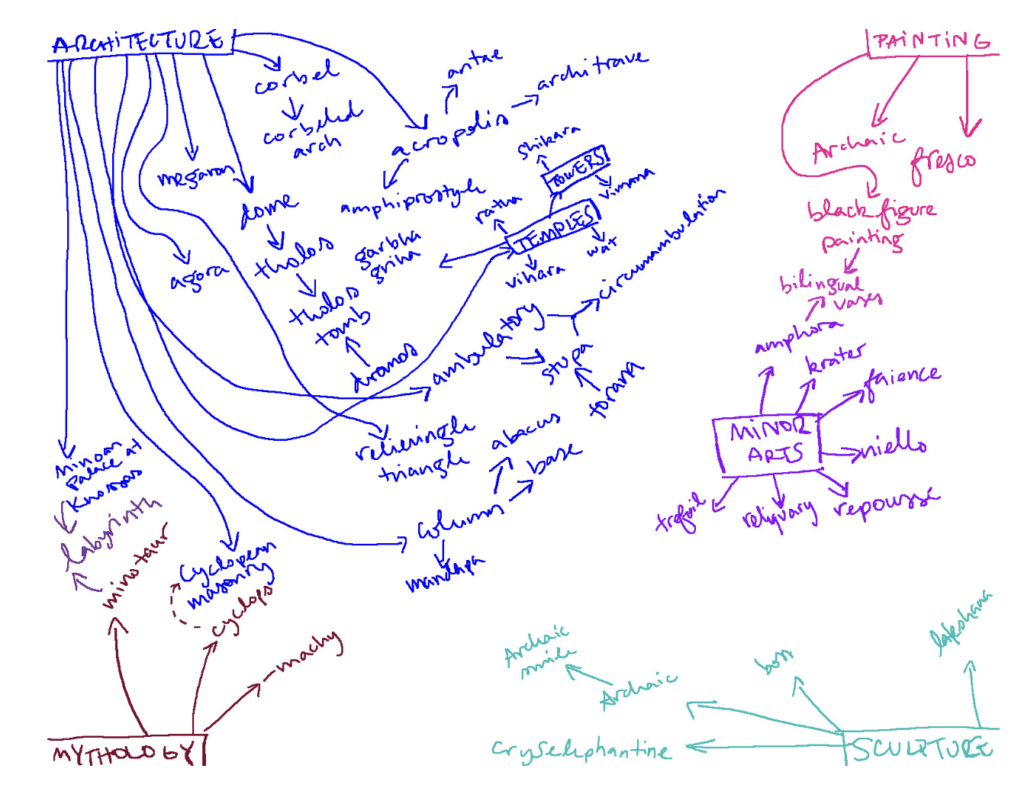
Benefits of mind mapping:
- Mind maps help you to understand how things are connected.
- Mind maps help you generate ideas.
- Mind maps help you understand how people and historical events impact the present.
- Mind maps help you organize your ideas.